Interjections and their types
In the vibrant tapestry of human language, interjections act as bursts of color, adding emotional depth and immediacy to our communication. These versatile words, often standing alone or accompanied by punctuation marks like exclamation points, transcend the confines of traditional grammar. Unlike nouns, verbs, or adjectives, interjections aren’t essential for conveying the core meaning of a sentence.
Instead, they function as emotional outbursts, surprising the listener with a sudden surge of feeling. Delving into the world of interjections and their types unveils a fascinating exploration of how we express surprise, joy, disgust, or a myriad of other emotions in the blink of an eye. From the startled “Ouch!” after a stubbed toe to the triumphant “Hurray!” after a victory, interjections paint a picture of our inner world with a single, powerful stroke.
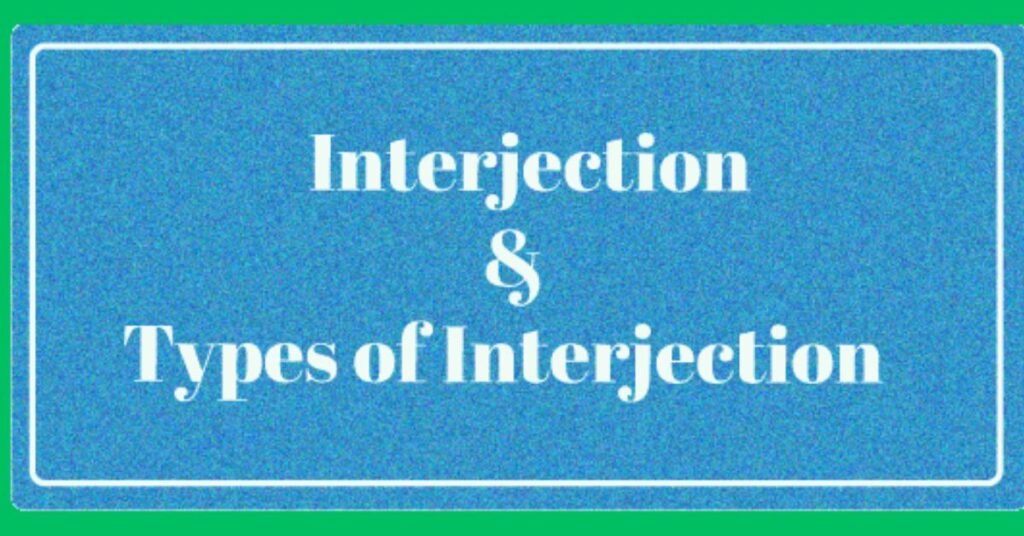
Definition
These are a unique part of speech that function as independent words or short phrases. Unlike other words that play a specific grammatical role in a sentence, interjections stand alone and are not directly connected to the sentence’s structure. Their primary purpose is to:
Express emotions: Joy, surprise, anger, sadness, disgust – These are a quick and effective way to convey how we’re feeling in the moment.
Induce reactions: They can be used to get someone’s attention (“Hey!”), stop an action (“Whoa!”), or encourage applause (“Hurray!”).
Convey sudden thoughts: “Aha!” might express a moment of realization, while “Oops!” acknowledges a mistake.

Types
It comes in a variety of shapes and sizes. Here, we’ll delve into the three main categories:
1. Emotive
These are the most common type, expressing a wide range of emotions.
- Positive: Wow!, Yay!, Hurray!, Super!, Fantastic!
- Negative: Ugh!, Oh no!, Yikes!, Ouch!, Bummer!
- Surprise: Oh!, Whoa!, Wow!, Gasp!
- Disgust: Ugh!, Yuck!, Eww!, Blech!
- Disappointment: Aw!, Darn!, Shoot!, Drat!
- Fear: Oh no!, Help!, Uh oh!, Yikes!
2. Volitive
These types aim to get a reaction or influence someone’s behavior.
- Getting Attention: Hey!, Psst!, Listen!, Excuse me!
- Giving Commands: Stop!, Go!, Look out!, Hush!
- Expressing Agreement: Okay!, Alright!, Sure!, Right!
- Disagreement: No!, Nope!, Never!, Hold on!
3. Cognitive
These interjections express sudden thoughts or realizations.
- Understanding: Aha!, Oh!, I see!
- Remembering: Oh yeah!, Wait!, Ah, right!
- Disbelief: Really?, Huh?, You don’t say!
- Introducing an Idea: Well…, Look…, You know…
Nuances of Interjections
While these are straightforward, some interesting nuances come into play:
- Onomatopoeia: These interjections mimic sounds, like “Boom!” for an explosion or “Bang!” for a gunshot.
- Intensity: Some interjections have stronger versions, like “Yikes!” becoming “Yikes!” for greater emphasis.
- Cultural Differences: Every language has its unique interjections; what might be considered rude in one culture could be perfectly acceptable in another.
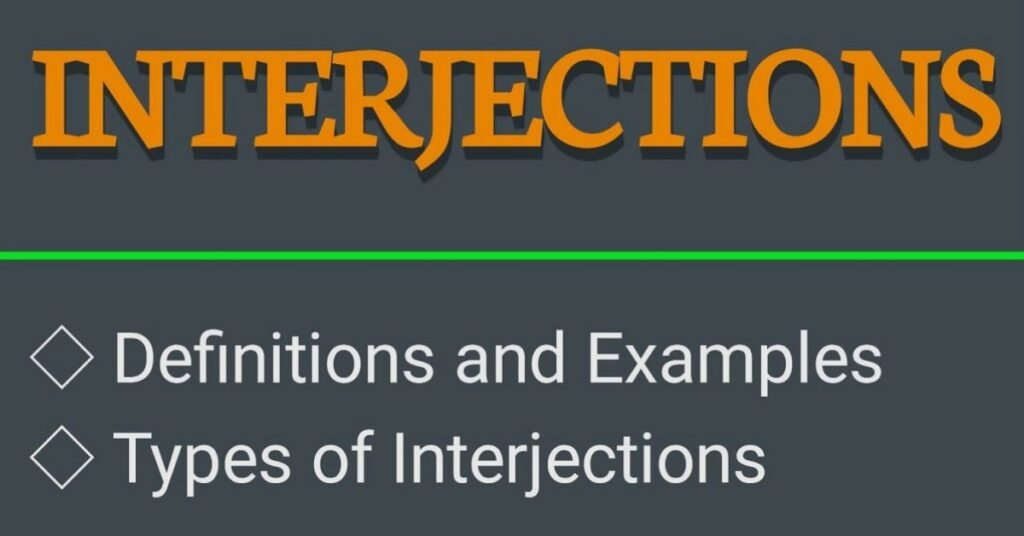
The Power of Punctuation with it
It often comes with their own punctuation partners, like exclamation points (!) to emphasize strong emotions or question marks (?) when conveying surprise or disbelief.
Using it Effectively
While interjections can add life to your language, it’s important to use them strategically:
- Moderation is key: Overusing it can dilute their impact and make your writing or speech sound juvenile.
- Consider the context: Formal writing typically calls for fewer interjections, while informal communication allows for more freedom.
- Read it aloud: Does your writing sound natural with the chosen interjections? Experiment and edit for a smooth flow.
Examples from Literature
- Surprise: “‘Well, well, well,’ growled the giant.” (Roald Dahl, “The BFG”)
- Joy: “‘Hurray! We’re saved!'” (J.K. Rowling, “Harry Potter and the Sorcerer’s Stone”)
- Disgust: “‘Ugh,’ she muttered, pushing the plate away.” (Jane Austen, “Pride and Prejudice”)
- Disagreement: “‘No way!’ I shouted.” (John Green, “The Fault in Our Stars”)
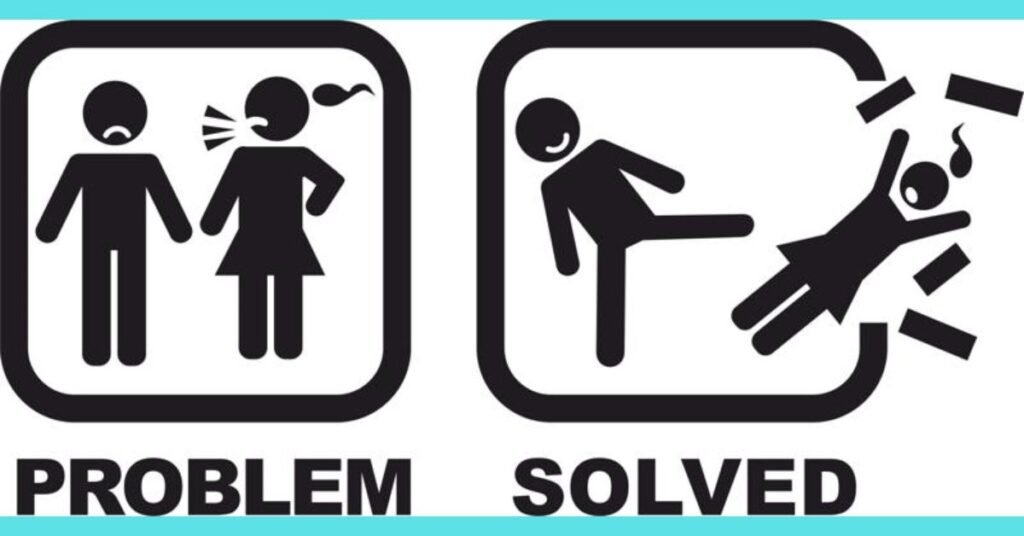
Conclusion
In conclusion, interjections add a vibrant layer of expression to our communication, allowing us to convey emotions, influence actions, and even introduce new information without relying on complex sentences. By understanding the three main types – volitive, emotive, and cognitive – we can leverage interjections effectively. Volitive helps us steer conversations and get someone’s attention.
Emotive interjections paint a vivid picture of our feelings, while cognitive provide quick bursts of understanding. Mastering these can elevate your communication from merely informative to truly impactful, adding a sprinkle of personality and emotional depth whenever you use them. So the next time you want to express surprise with a gasp of “Wow!” or urge someone to hurry with a quick “Hey!”, remember the power of interjections – those handy words and phrases that bring language to life.

Just click the link to learn all about grammar, In this category all posts nouns, pronouns, verbs, prepositions, adjectives, conjunctions, and increasing grammar tips and American VS British English differences. All are included.
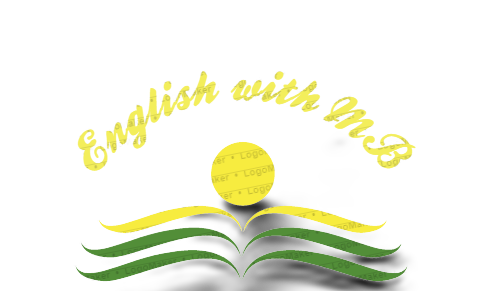

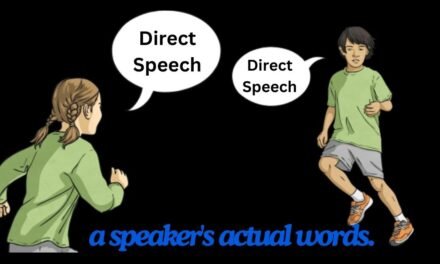

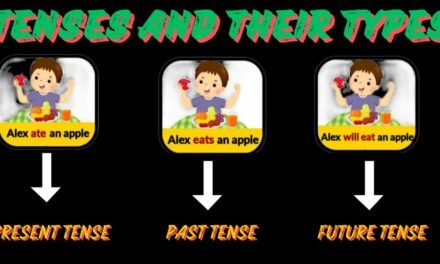
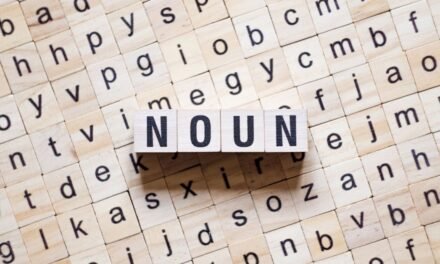


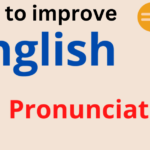
F*ckin’ tremendous things here. I’m very happy to peer your post. Thank you a lot and i’m looking forward to touch you. Will you kindly drop me a mail?
Appreciate it for this tremendous post, I am glad I found this web site on yahoo.
Appreciating the commitment you put into your blog and detailed information you present. It’s awesome to come across a blog every once in a while that isn’t the same out of date rehashed information. Excellent read! I’ve bookmarked your site and I’m adding your RSS feeds to my Google account.